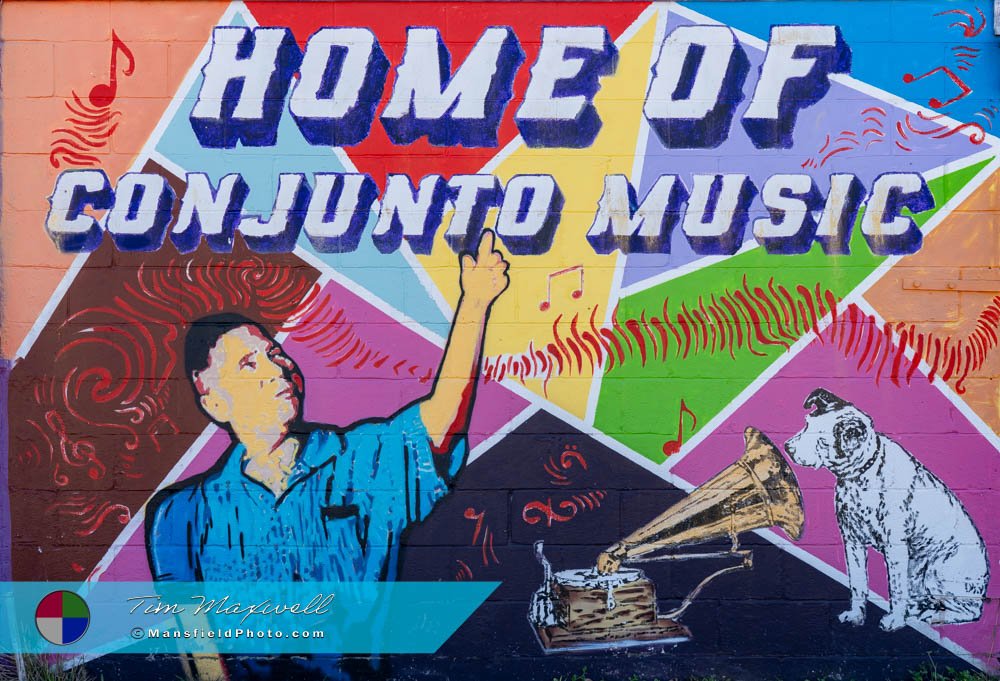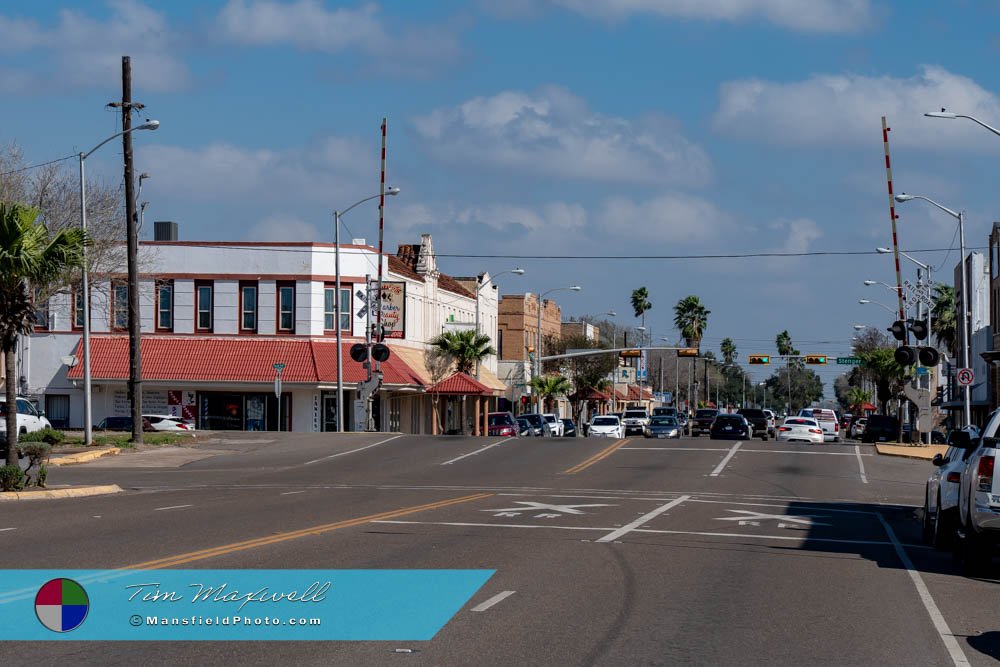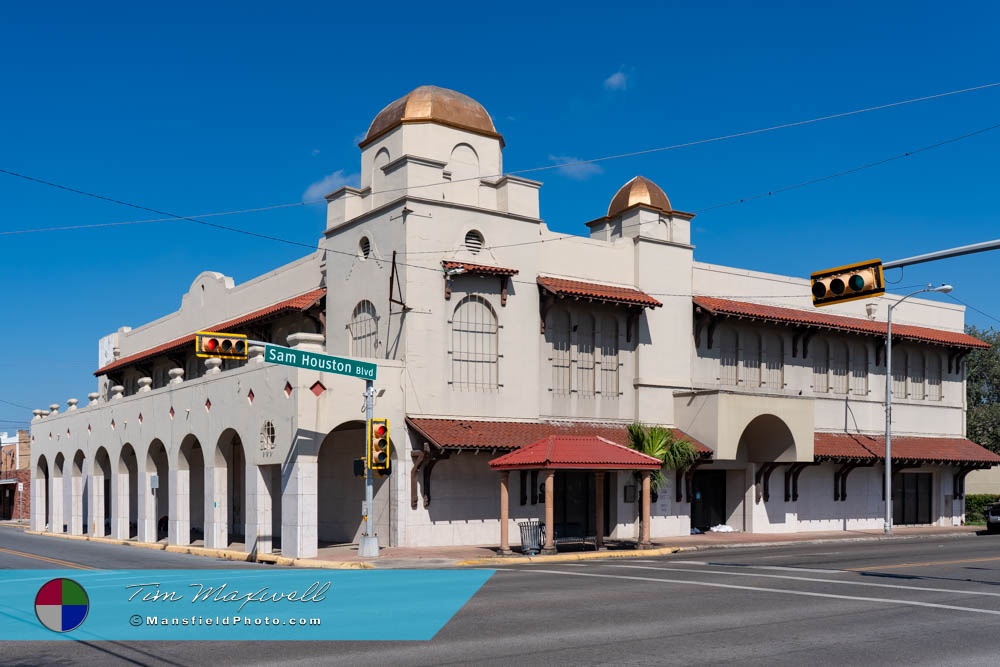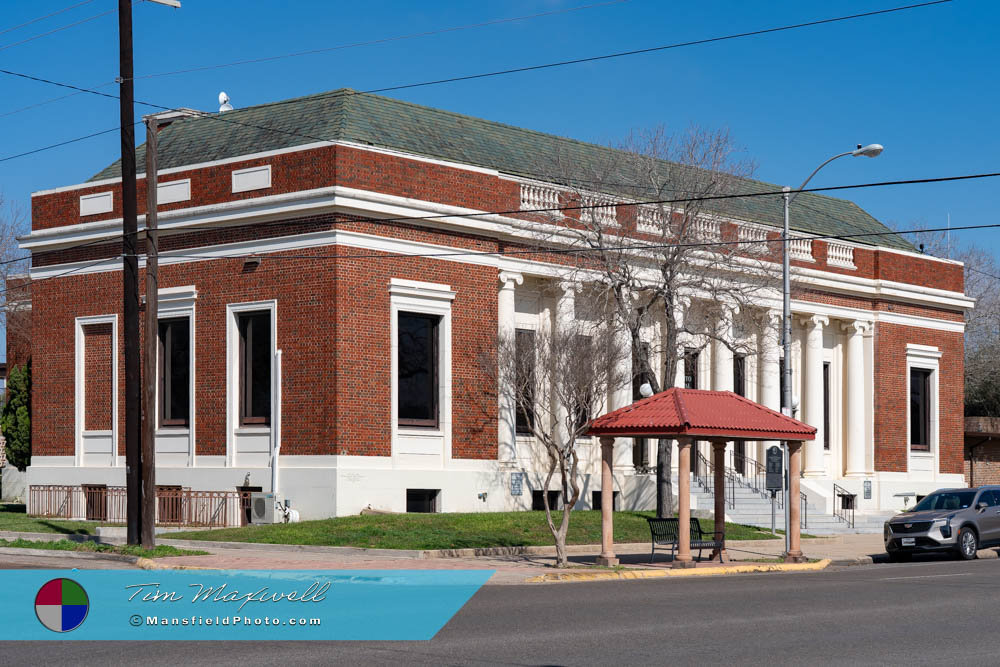Mansfield Photography
San Benito, Texas
– The Conjunto Sound of Texas.
Established in 1907, San Benito quickly became a vital center for agriculture and commerce. The fertile land and favorable climate attracted settlers looking to build a prosperous future. Early investments in irrigation systems and transportation infrastructure laid the foundation for steady growth, helping the town become a significant player in the region’s economy.
A Town Built on Water and Rails
The early growth of the area was closely tied to two essential elements: irrigation and railroads. The development of an extensive canal system, spearheaded by the San Benito Land and Water Company, transformed the region into a fertile agricultural hub. Farmers grew citrus, cotton, and vegetables, creating a strong economic foundation.
The arrival of the St. Louis, Brownsville & Mexico Railway further accelerated progress, allowing local businesses to transport goods across Texas and beyond. This combination of agriculture and transportation set the stage for a thriving community that would continue to evolve over the decades.
The Birthplace of a Musical Legacy
One of the most distinctive claims to fame is the town’s deep connection to conjunto music. Known as the birthplace of this uniquely Texan sound, the town produced one of the genre’s greatest pioneers—Narciso Martínez.
Often called the “Father of Conjunto Music,” Martínez revolutionized the accordion’s role in Tejano music, blending traditional Mexican folk with European influences to create a sound that became a staple of Texas culture. Today, the legacy of conjunto lives on through festivals, museums, and a deep-rooted appreciation among local musicians.
From Agriculture to Modern Industry
For much of its history, farming played a dominant role in the local economy. However, as industries evolved, so did the town. While agriculture remains important, other sectors such as manufacturing, retail, and tourism have contributed to economic diversification. The city’s proximity to the U.S.-Mexico border has also made it a key player in international trade, further strengthening its economic position.
Notable Landmarks and Attractions
The town is home to several landmarks that showcase its heritage. The Freddy Fender Museum and Conjunto Music Hall of Fame celebrate the life and legacy of another famous musician who called the region home. Fender, known for hits like “Wasted Days and Wasted Nights,” gained international fame, but always maintained a deep connection to his roots.
Visitors can also explore the San Benito Cultural Heritage Museum, which highlights the area’s past through exhibits on early settlers, railroads, and the evolution of conjunto music. For outdoor enthusiasts, the Heavin Resaca Trail provides a scenic walkway along the resaca, offering a glimpse into the natural beauty that defines the region.
A Community Looking Forward
While history remains an essential part of the town’s identity, growth and modernization continue to shape its future. Investments in infrastructure, education, and local businesses signal a commitment to progress while maintaining the cultural traditions that make this town unique.
Annual events such as the Conjunto Festival bring thousands of visitors, ensuring that the town’s musical heritage remains in the spotlight. Local businesses thrive alongside historic sites, creating a blend of old and new that reflects the town’s ongoing evolution.
📸 Want to See More Photos of This Town?
Final Thoughts
This South Texas town has carved out a lasting place in the state’s history, from its agricultural roots to its influence on music. The sounds of conjunto still echo through the streets, a reminder of the creativity and resilience that have defined the community for over a century. Whether exploring its museums, enjoying its festivals, or simply taking in the sights, visitors and residents alike continue to appreciate everything that makes this place special.







